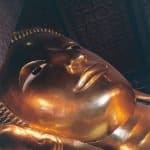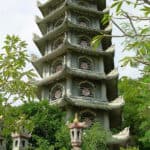Alternatives to traditional medicine
Being someone who has been living with rheumatoid arthritis for a long-term duration, I am always looking for possible alternatives to potential substitutes to avoid expensive medications and therapies of conventional medicine. So I decided to investigate the effects of Chinese herbs and acupuncture. After all, on this side of the world, it is not uncommon for people to value the efficiency of Chinese medicine. Through an acquaintance, I came into contact with a Chinese herbal doctor, who has a renowned store in the famous Warorot market of Chiang Mai. You will find the shop on Chiang Moi Road, on the left side, approximately 200 or 300 meters before the well-known entrance gate of the market.
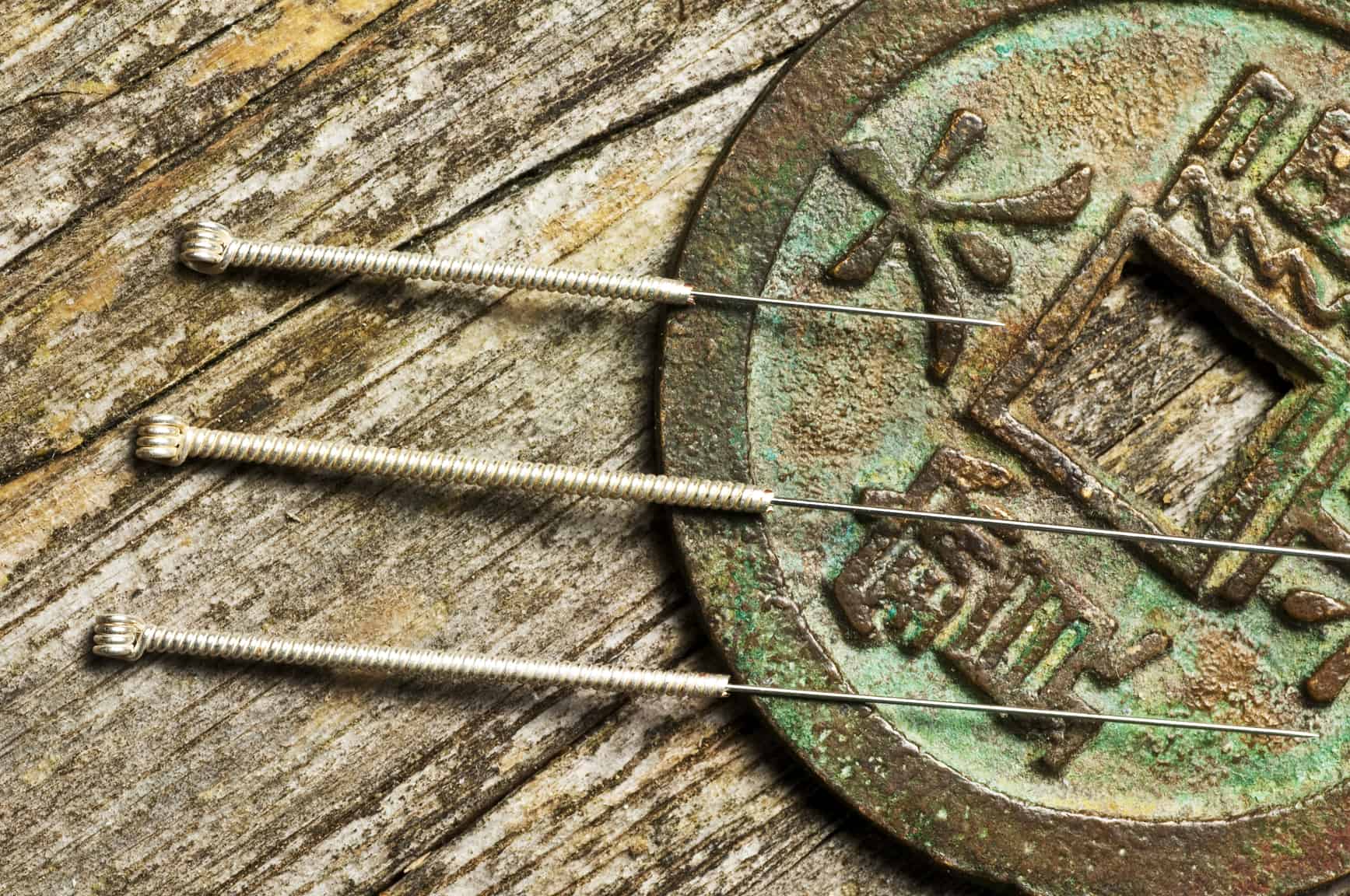
Description of my rheumatoid condition
In preparation, I created an English document outlining the primary symptoms of my rheumatoid condition. I supplemented this with a short description of my pain points and the pros and cons of my ongoing medical care. After the doctor listened to my story, he went through the document and conducted some online research. He suggested a different course of treatment with Chinese herbs and acupuncture. Without delay, he began to create a recipe and directed his employees to concoct a blend of spices, a process that took them approximately thirty minutes to complete.
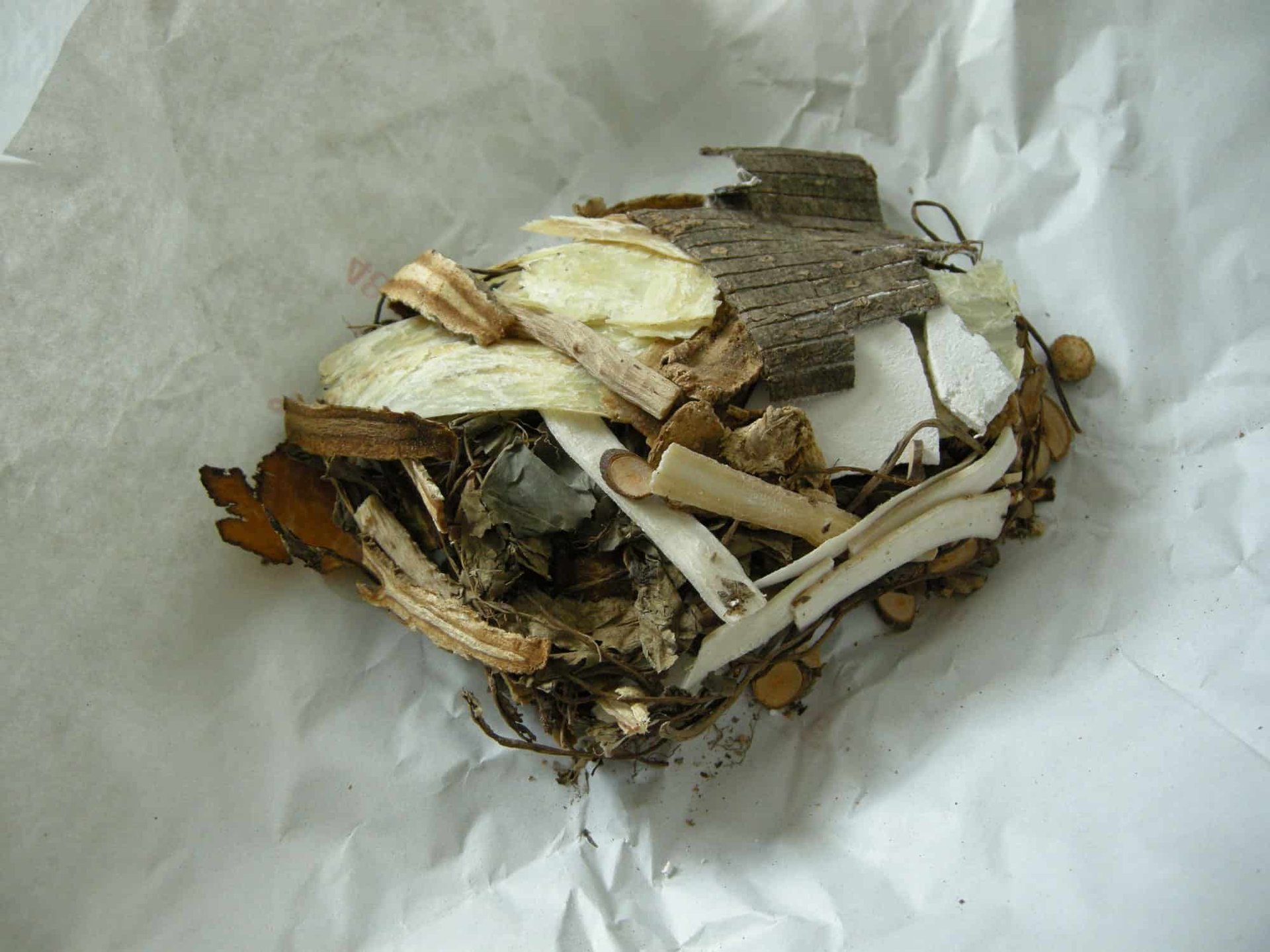
A daily Chinese herbs mix to swallow
In total five packages were made. Every day I needed to mix one package with a liter of water and cook the lot for one hour. I opted to use a clay pot for this process to avoid any potential release of harmful fumes or residues that may occur when cooking with aluminum. Once cooled, I would consume the resulting mixture.
You can use every package twice. For the second use, you simply need to add another cup of hot water to the residue left from the previous cooking process and allow it to cool again. Afterward, you can swallow the herbal spice mix again. And you can take that literally, swallow. The mixture is made up of bark, roots, mushrooms, herbs, and a few other ingredients.
Effective increased resistance
The mixture creates a thick, dark brown gunk that has a strong and unpleasant coffee flavor, with a ground taste. Fortunately, I don’t have a tendency to vomit easily. However, I must confess that I felt relieved when the five days had passed. So what were the outcomes or consequences of consuming this concoction of my experimental treatment? Something I noticed was increased resistance. I started taking these Chinese herbs after enduring the flu for 48 hours. My influenza vanished as a result of the treatment, which is undeniably a positive effect to start with. However, I am not entirely convinced about the positive outcomes regarding my back issues.
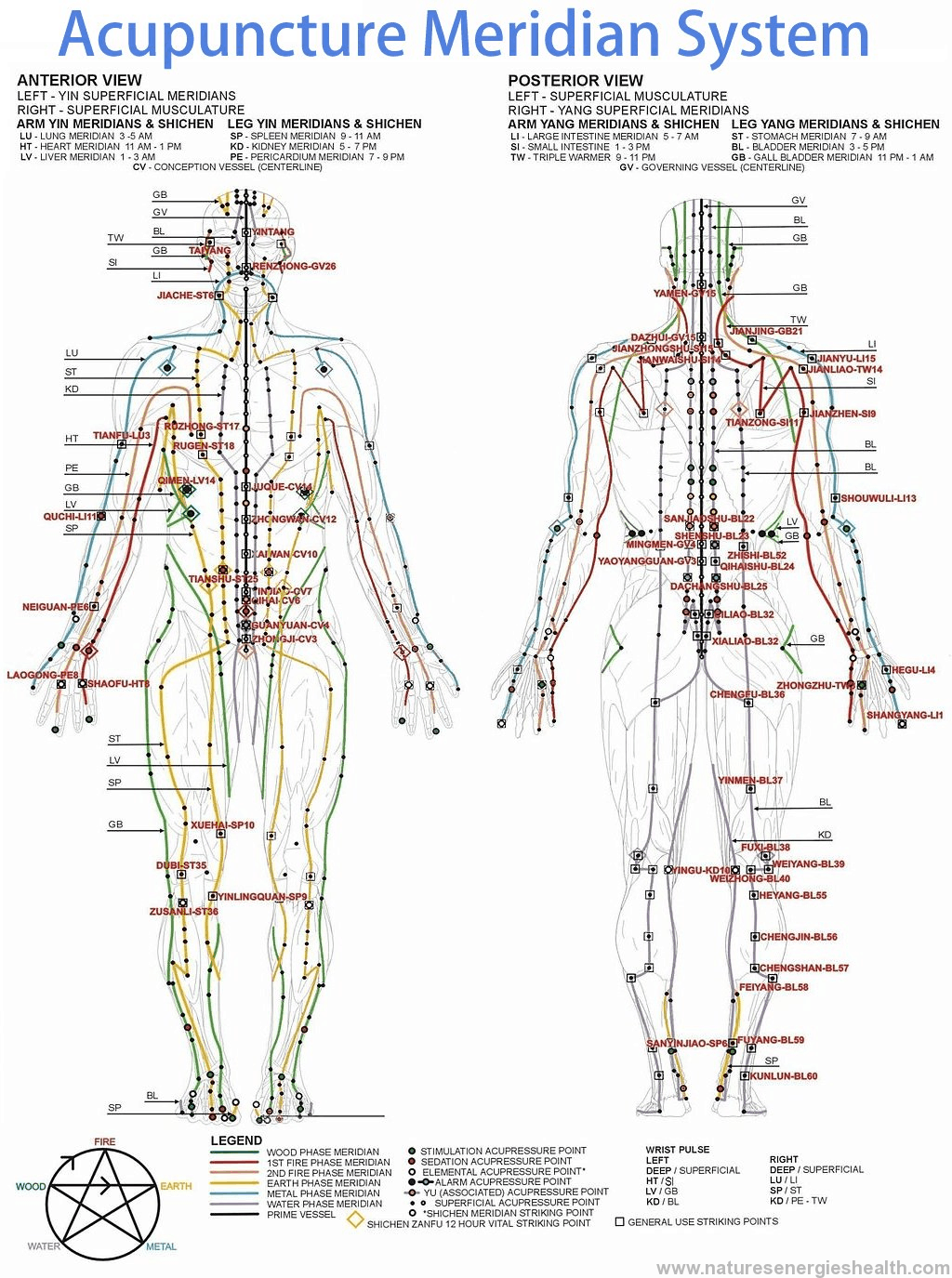
A treatment combining Chinese herbs and acupuncture
As an addition, I combined this blend of herbs with acupuncture treatment. This was conducted by the same herbal doctor. In total, I had ten sessions at his private practice somewhere outside the city center of Chiang Mai. A mix of needles and electrical pulses was used during the treatment. Afterward, I must acknowledge that my lower back and shoulder pain points improved significantly. I attribute this positive outcome to the acupuncture sessions.
All means of pain relief are a surplus
In conclusion, I want to refrain from making any long-term commitments or predictions, specifically on the treatment of rheumatism, when combining Chinese herbs and acupuncture. I regard this mainly as an experiment and a possible workaround. Thus a temporary solution worth trying, to avoid or delay my purely medical treatment. When I discussed this with my rheumatologist in my home country, I anticipated him to dismiss this alternative treatment since he is trained in traditional medicine. Surprisingly, he expressed that all methods of pain relief should be considered, even unconventional ones. He is okay with the additional treatment, in addition to the medicine I am already taking.






